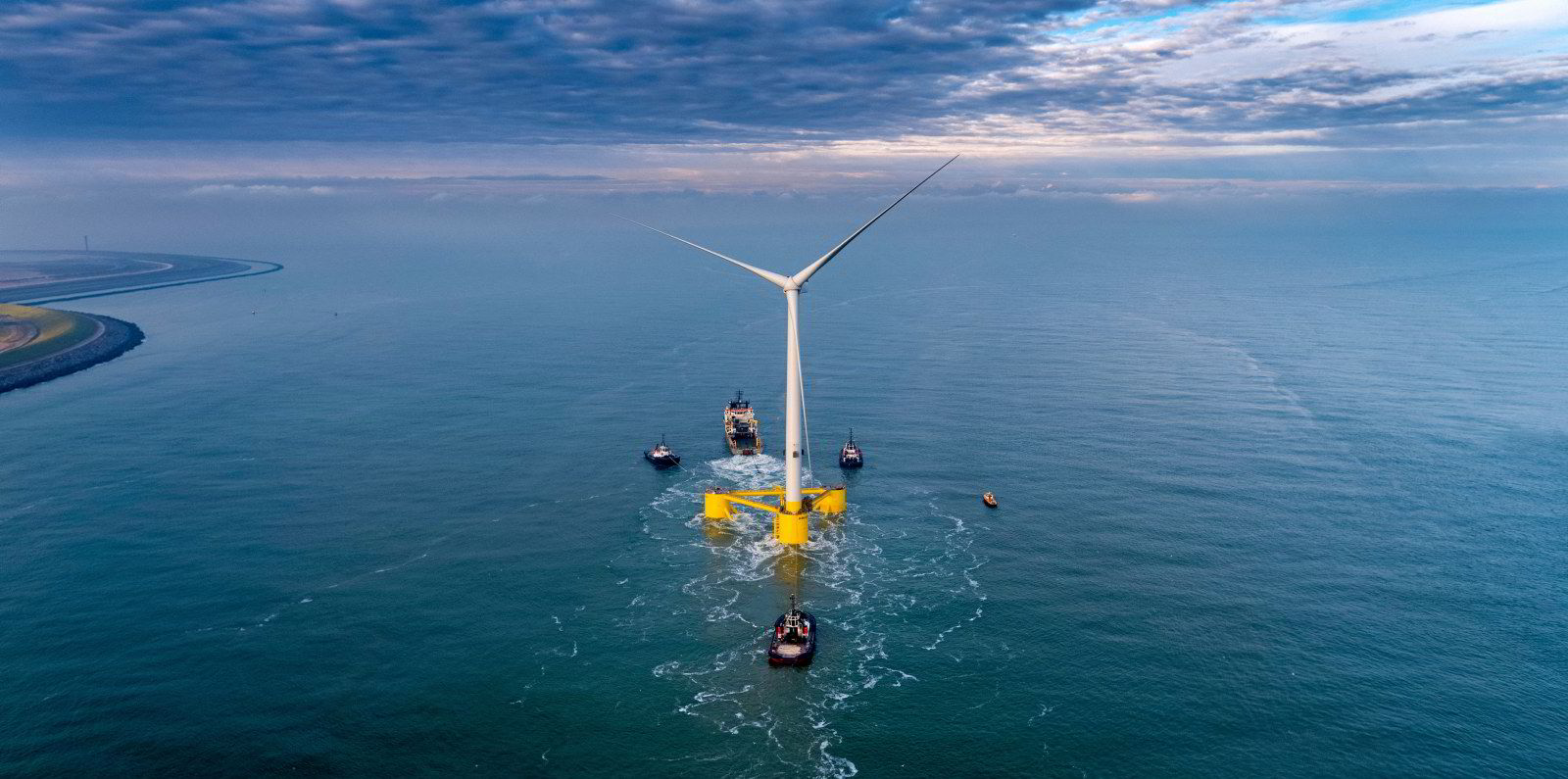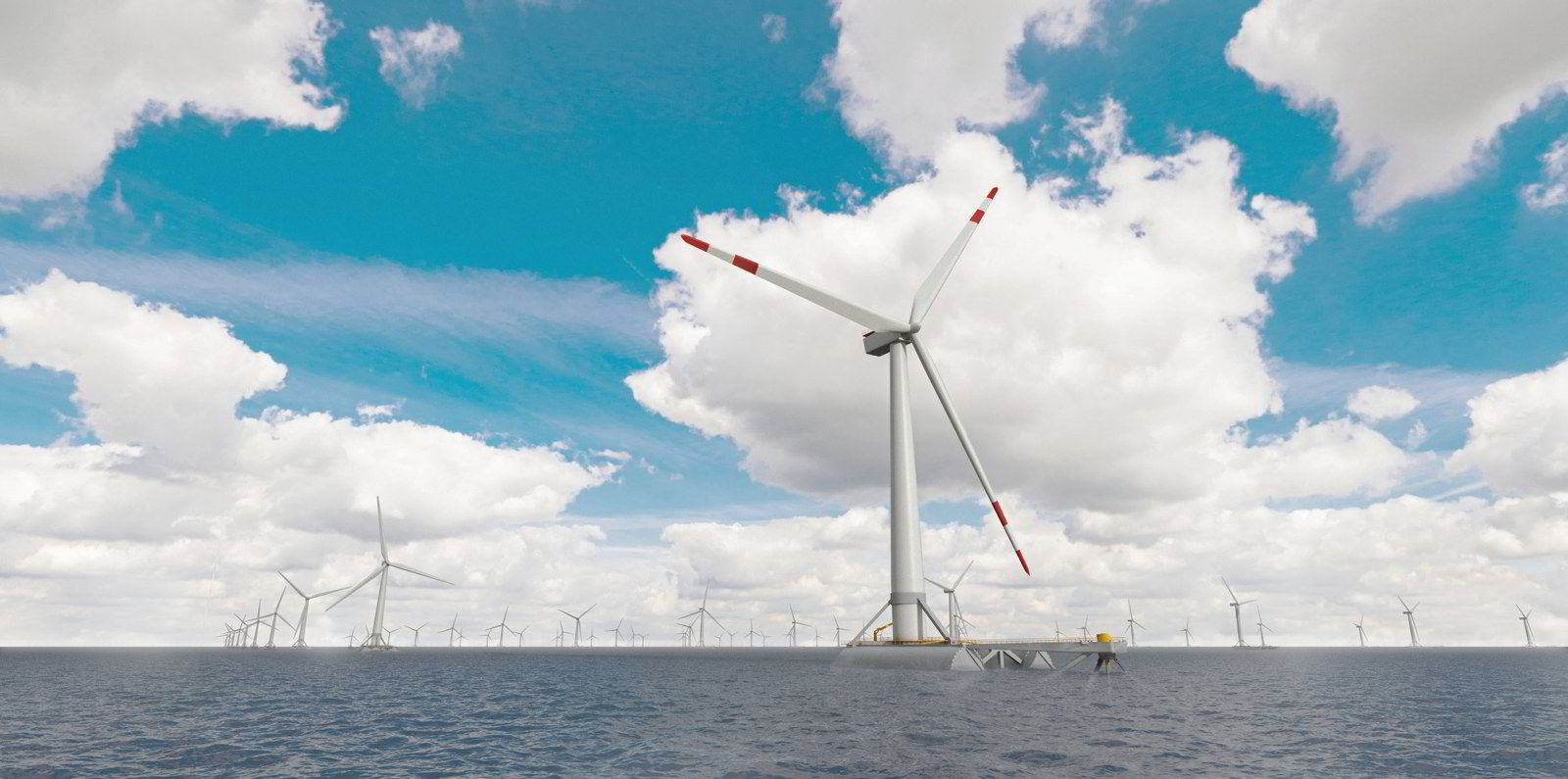Global offshore wind pacesetter Orsted has formed an alliance with Madrid-based oil & gas company Repsol with the aim of becoming a “leading developer” in the emerging Spanish floating play.
Few details of the new partnership were immediately available but pair said they would be “combining their complementary strengths” to move deeper into a sector “on the brink of commercialisation”.
The Spanish government in December approved a roadmap for offshore wind and marine energy that sets a target to build 1-3GW of floating wind off its coasts by 2030.
“We’re excited to join forces with Repsol to explore floating wind development in Spain and to reaffirm our commitment to driving the commercialisation of this technology, which will extend the reach of offshore wind by enabling installations further offshore and in deeper waters,” said Martin Neubert, Orsted’s chief commercial officer.
João Costeira, executive director of low carbon generation at Repsol, said: “Having Orsted, the world leader in offshore wind, as a partner positions us to be relevant in the future development of the floating technology, with which we already have experience thanks to our involvement in the Windfloat Atlantic project off the coast of Portugal [continental Europe’s first floating array].”
The head of Orsted’s continental Europe business, Rasmus Errboe, added: “Spain has one of the world’s largest fleets of onshore wind and PV farms, and by the end of this decade [it] will also be producing green energy at scale from floating wind farms.
“We look very much forward to working with Repsol, the country’s leading energy provider, to help accelerate Spain’s transition to renewable energy while creating local jobs and investing in the Spanish supply chain.”
Spain has emerged a key player in floating wind, with several domestic technology start-ups, including Saitec and X1Wind, now moving prototypes into the water.
Floating wind power’s global build-out this decade has been forecast by the Global Wind Energy Council to reach over 16GW, though some analysts remain concerned outdated current government policy frameworks have the potential of limiting the sector to deploying as little as 5GW by 2030.



